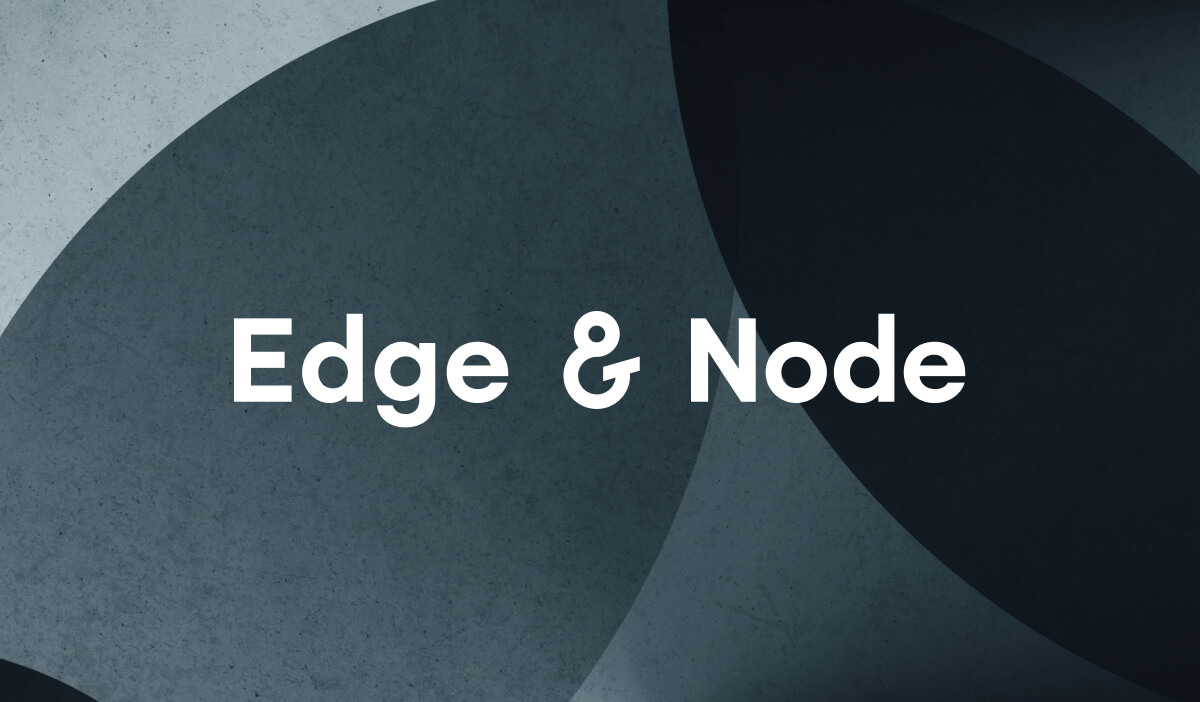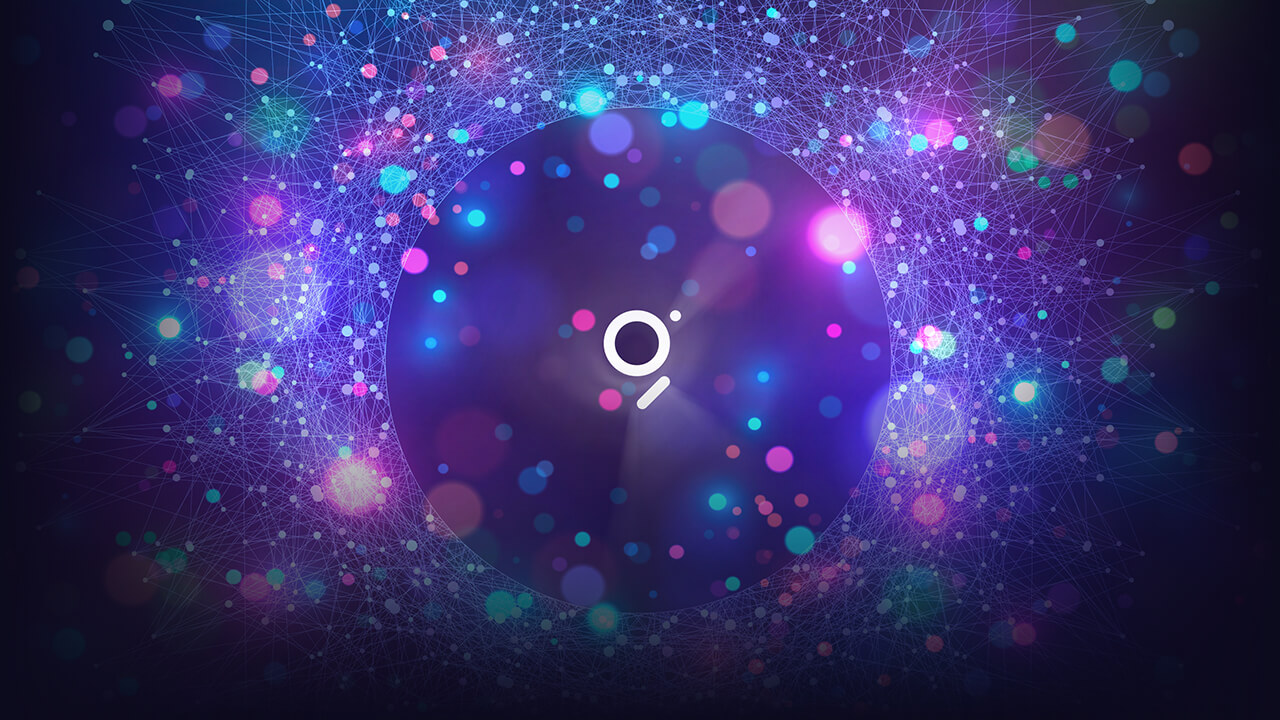The infrastructure for Web3
Even the best ideas in DeFi and the most impressive decentralized applications are considerably restrained in their potential without a functioning Web3 infrastructure. Without this underlying architecture, the development of the entire Web3 ecosystem is lagging behind the very centralized and pervasive competitors it seeks to replace.
When the mainnet of The Graph Network was launched on December 17th, 2020, it paved the way for truly decentralized applications. The Graph Protocol enables developers around the world to successfully compete against incumbents. By using The Graph’s GraphQL API, developers of dApps are empowered to reach the desired product market fit in a drastically shorter time span, which contributes to the growth of the entire Web3 and DeFi ecosystem.
A recap of Q4/2020
The mainnet launch was the highlight of an exciting year with numerous exciting developments in the ecosystem. Here’s a quick recap of everything that happened in late 2020:
With the inauguration of The Graph Council, the underlying governance process was announced. To start, the council will be a 6-of-10 multisig with five stakeholder groups represented: Indexers, Users, Researchers, Backers and Initial Team. It functions as a representative sample of stakeholders across multiple organizations with varying viewpoints and incentives.
As the network grows, the governance process will iterate and further decentralize, with the aim to increase representation via nested multi-sigs or a DAO.

Launch of Edge & Node
After having successfully launched the mainnet of The Graph Network, Graph Protocol, Inc. decided to change its name to Edge & Node. This marks an important step towards the ongoing decentralization of the network.
Edge & Node will continue to provide services to the ecosystem but is no longer the central team behind developing and promoting the protocol.
Community Q&A
With the inauguration of The Graph Council, the underlying governance process was announced. To start, the council will be a 6-of-10 multisig with five stakeholder groups represented: Indexers, Users, Researchers, Backers and Initial Team. It functions as a representative sample of stakeholders across multiple organizations with varying viewpoints and incentives.
As the network grows, the governance process will iterate and further decentralize, with the aim to increase representation via nested multi-sigs or a DAO.


![The Verge of Disruption [#1]](https://thegraph.academy/wp-content/uploads/2021/03/Verge-of-Disruption-1-500x383.jpg)
